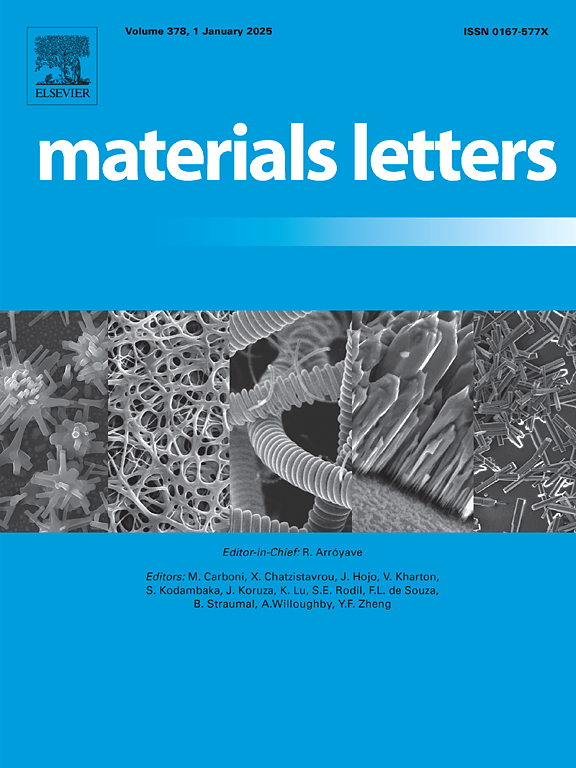Enhanced light absorption efficiency for solar cell modules via the gap layer film
IF 2.7
4区 材料科学
Q3 MATERIALS SCIENCE, MULTIDISCIPLINARY
引用次数: 0
Abstract
Gap layer film (GLF) is a thin film material that can improve light utilization and enhance the output power of photovoltaic modules. Some photovoltaic glass products with white glaze reflectors are available on the market, but these products often suffer from compromised glass performance, poor durability, and low light utilization efficiency. Meanwhile, the theoretical basis and optimization schemes for the output power improvement of photovoltaic modules using existing film materials are absent. Here, a GLF based on the structure with a triangular cross-section was designed using simulation methods, and the optimal triangular structure was selected through optical path analysis. Subsequently, the designed GLF was successfully fabricated using nanoimprint lithography combined with an ultraviolet curing process. The experimental results show that the structure improves the short-circuit current and maximum output power of the photovoltaic module by 1.34 % and 1.79 %, respectively. This study presents an efficient and practical solution to enhance light absorption and output power in solar cell modules, providing valuable insights for the future development and application of high-efficiency solar cell technologies.
通过隙层膜提高太阳能电池组件的光吸收效率
间隙层薄膜(GLF)是一种可以提高光利用率和提高光伏组件输出功率的薄膜材料。市场上有一些采用白釉反射镜的光伏玻璃产品,但这些产品往往存在玻璃性能不佳、耐用性差、光利用效率低等问题。同时,利用现有薄膜材料提高光伏组件输出功率的理论依据和优化方案缺乏。本文采用仿真方法设计了一种基于三角形截面结构的GLF,并通过光路分析选择了最优三角形结构。随后,采用纳米压印与紫外固化相结合的方法成功制备了所设计的GLF。实验结果表明,该结构使光伏组件的短路电流和最大输出功率分别提高了1.34%和1.79%。本研究为提高太阳能电池组件的光吸收和输出功率提供了一种高效实用的解决方案,为未来高效太阳能电池技术的发展和应用提供了有价值的见解。
本文章由计算机程序翻译,如有差异,请以英文原文为准。
求助全文
约1分钟内获得全文
求助全文
来源期刊

Materials Letters
工程技术-材料科学:综合
CiteScore
5.60
自引率
3.30%
发文量
1948
审稿时长
50 days
期刊介绍:
Materials Letters has an open access mirror journal Materials Letters: X, sharing the same aims and scope, editorial team, submission system and rigorous peer review.
Materials Letters is dedicated to publishing novel, cutting edge reports of broad interest to the materials community. The journal provides a forum for materials scientists and engineers, physicists, and chemists to rapidly communicate on the most important topics in the field of materials.
Contributions include, but are not limited to, a variety of topics such as:
• Materials - Metals and alloys, amorphous solids, ceramics, composites, polymers, semiconductors
• Applications - Structural, opto-electronic, magnetic, medical, MEMS, sensors, smart
• Characterization - Analytical, microscopy, scanning probes, nanoscopic, optical, electrical, magnetic, acoustic, spectroscopic, diffraction
• Novel Materials - Micro and nanostructures (nanowires, nanotubes, nanoparticles), nanocomposites, thin films, superlattices, quantum dots.
• Processing - Crystal growth, thin film processing, sol-gel processing, mechanical processing, assembly, nanocrystalline processing.
• Properties - Mechanical, magnetic, optical, electrical, ferroelectric, thermal, interfacial, transport, thermodynamic
• Synthesis - Quenching, solid state, solidification, solution synthesis, vapor deposition, high pressure, explosive
 求助内容:
求助内容: 应助结果提醒方式:
应助结果提醒方式:


